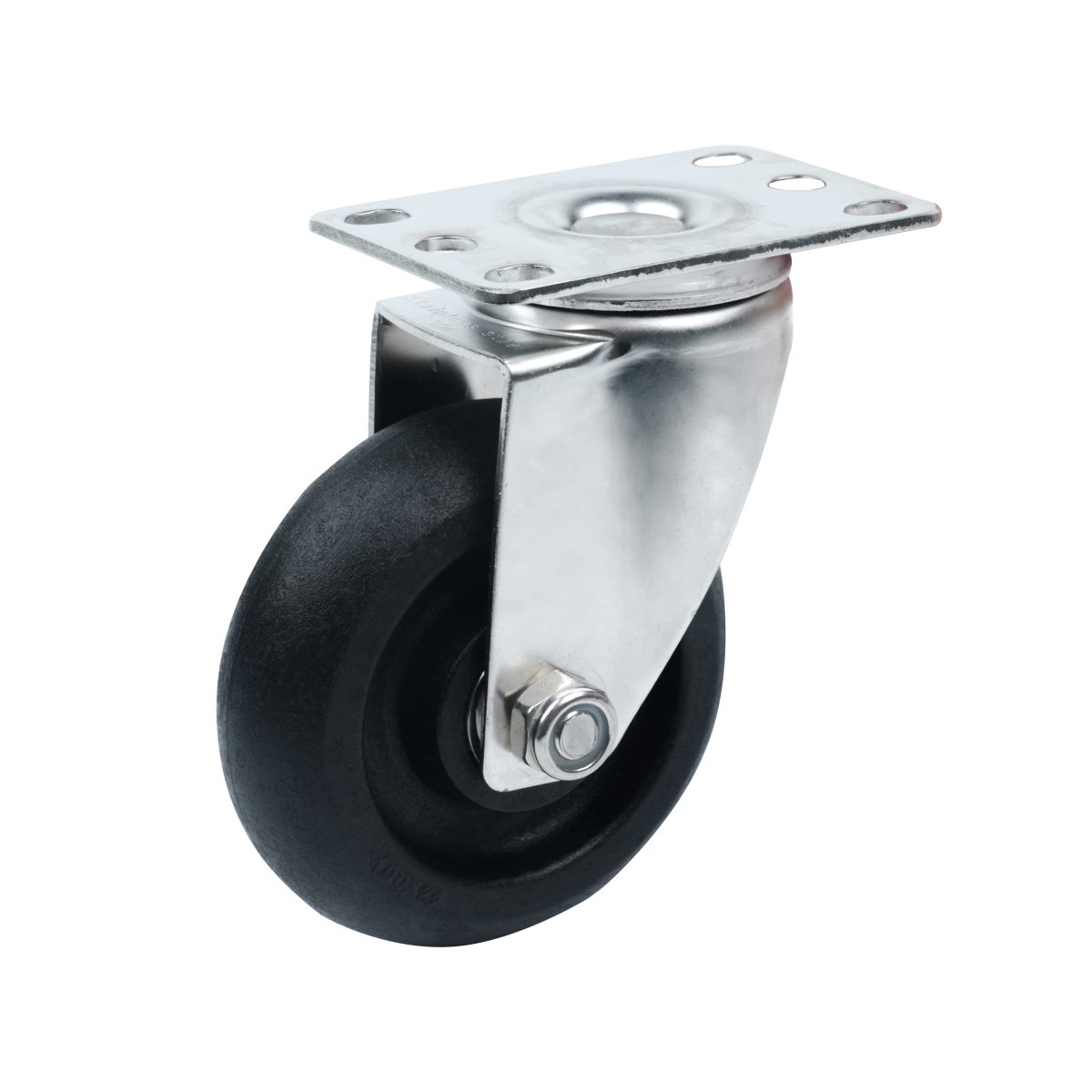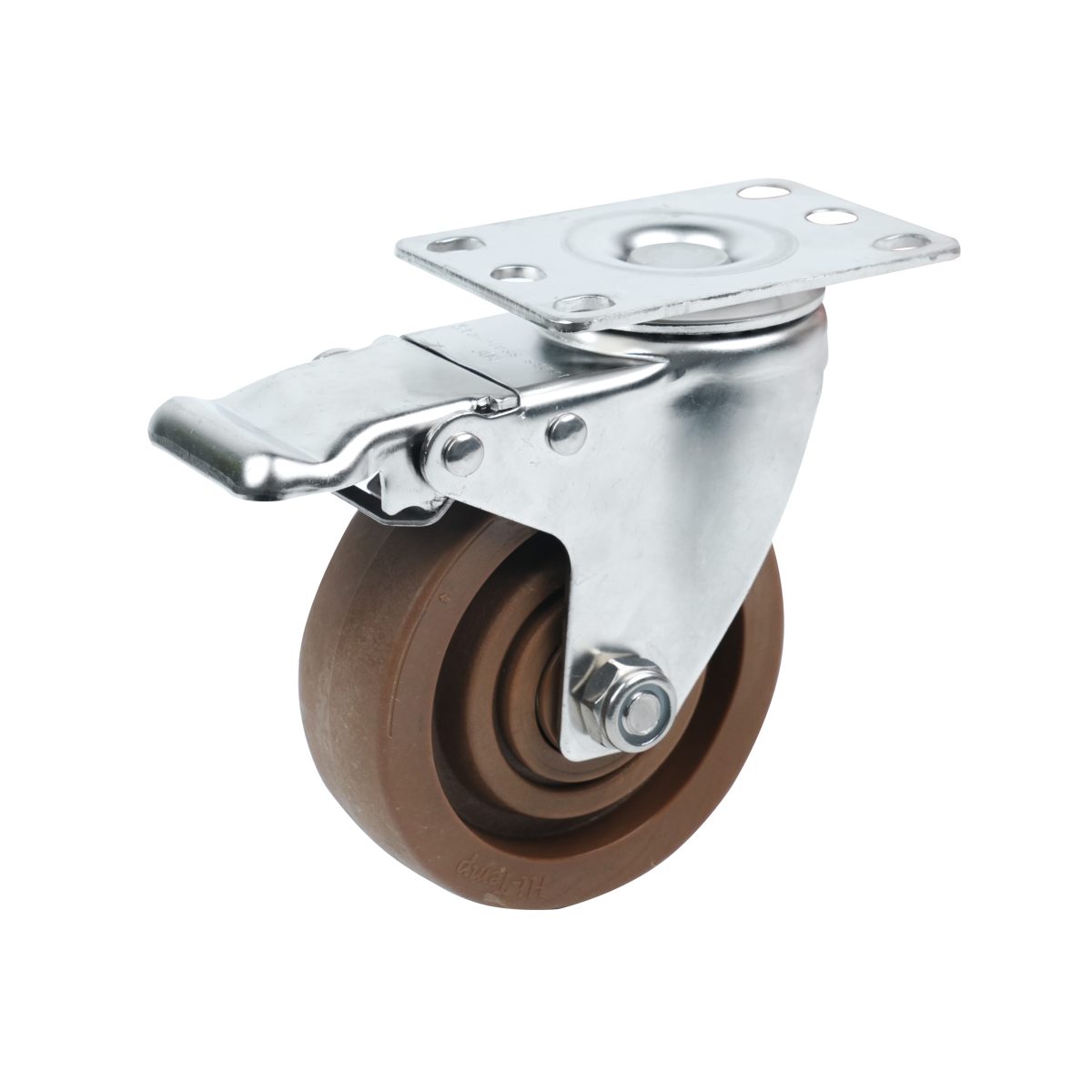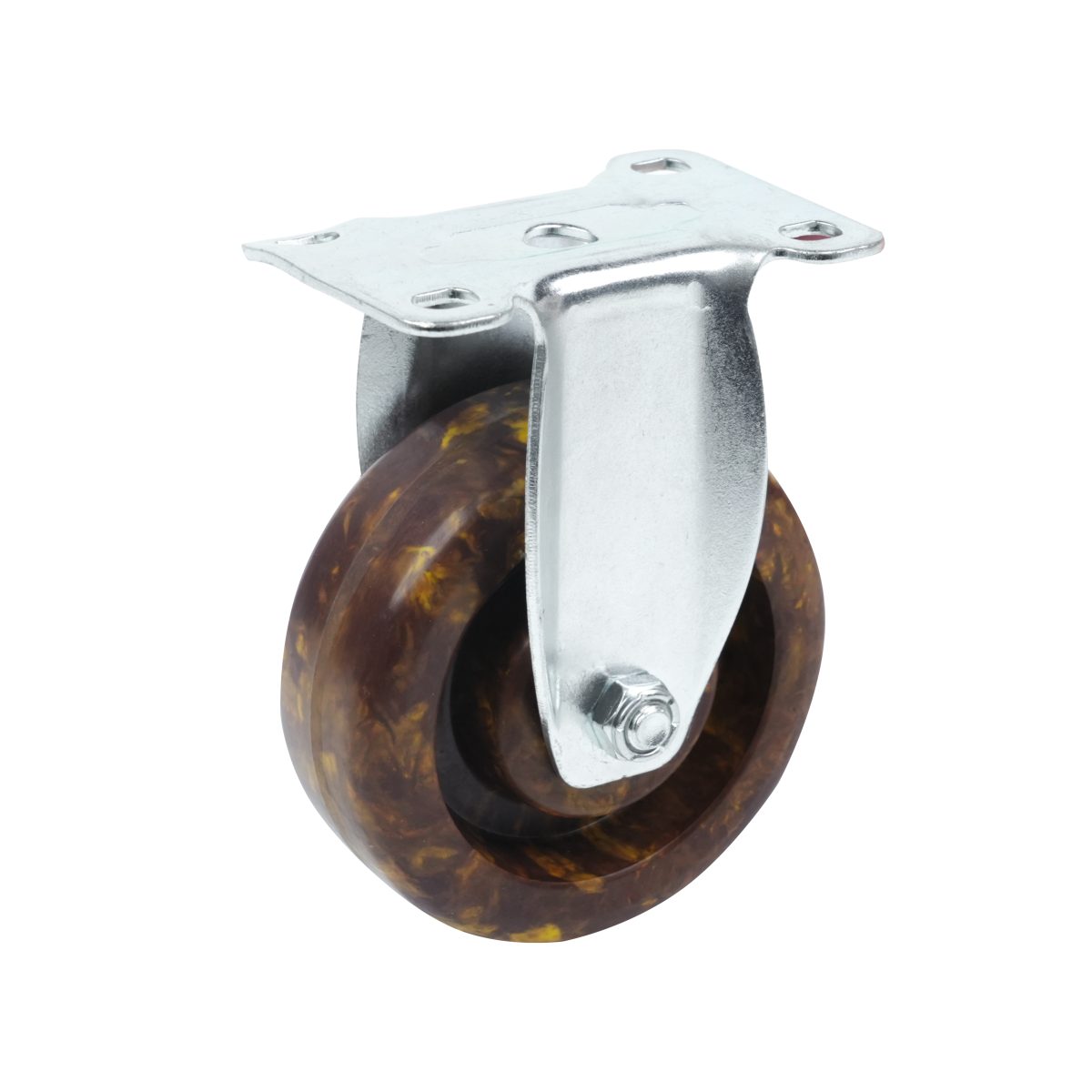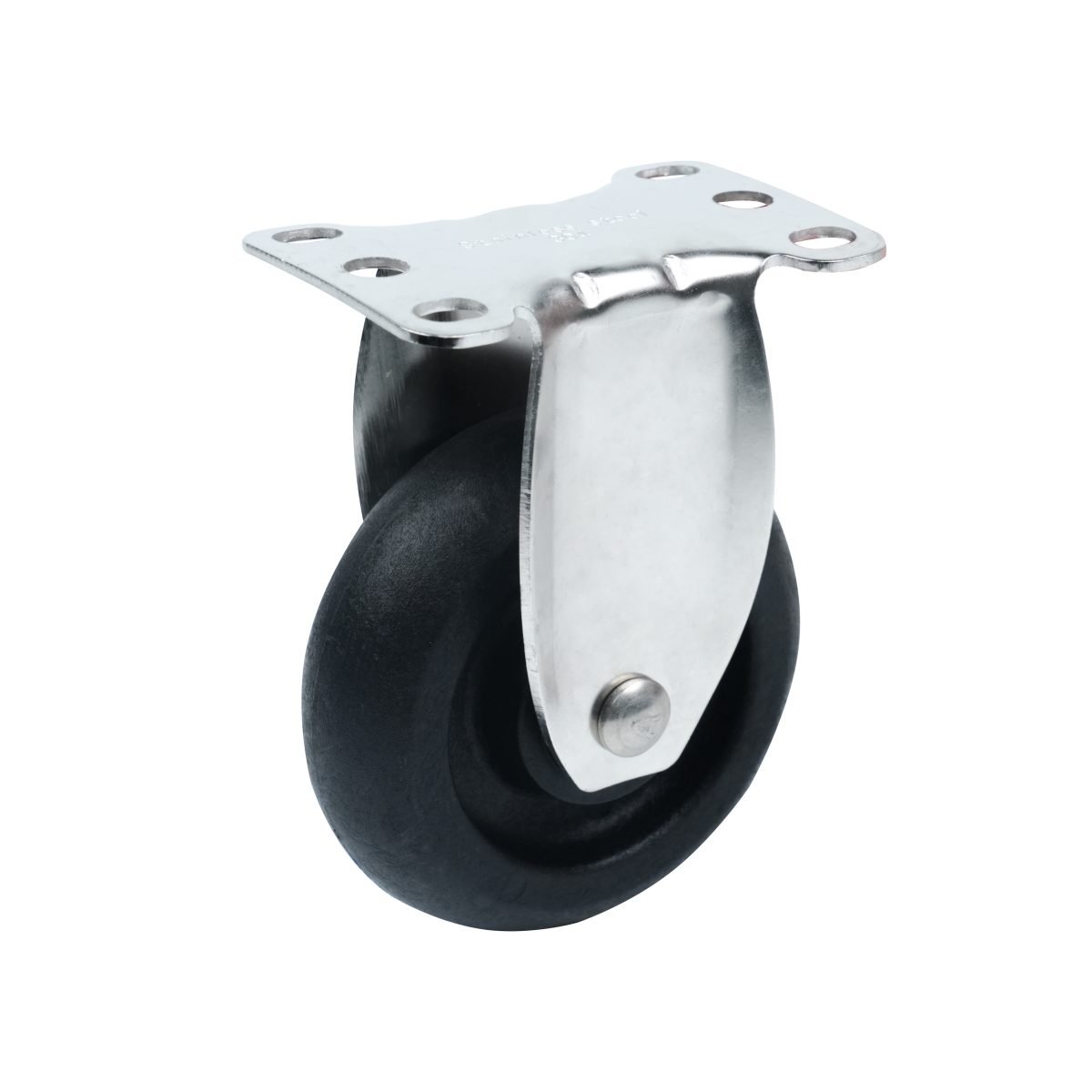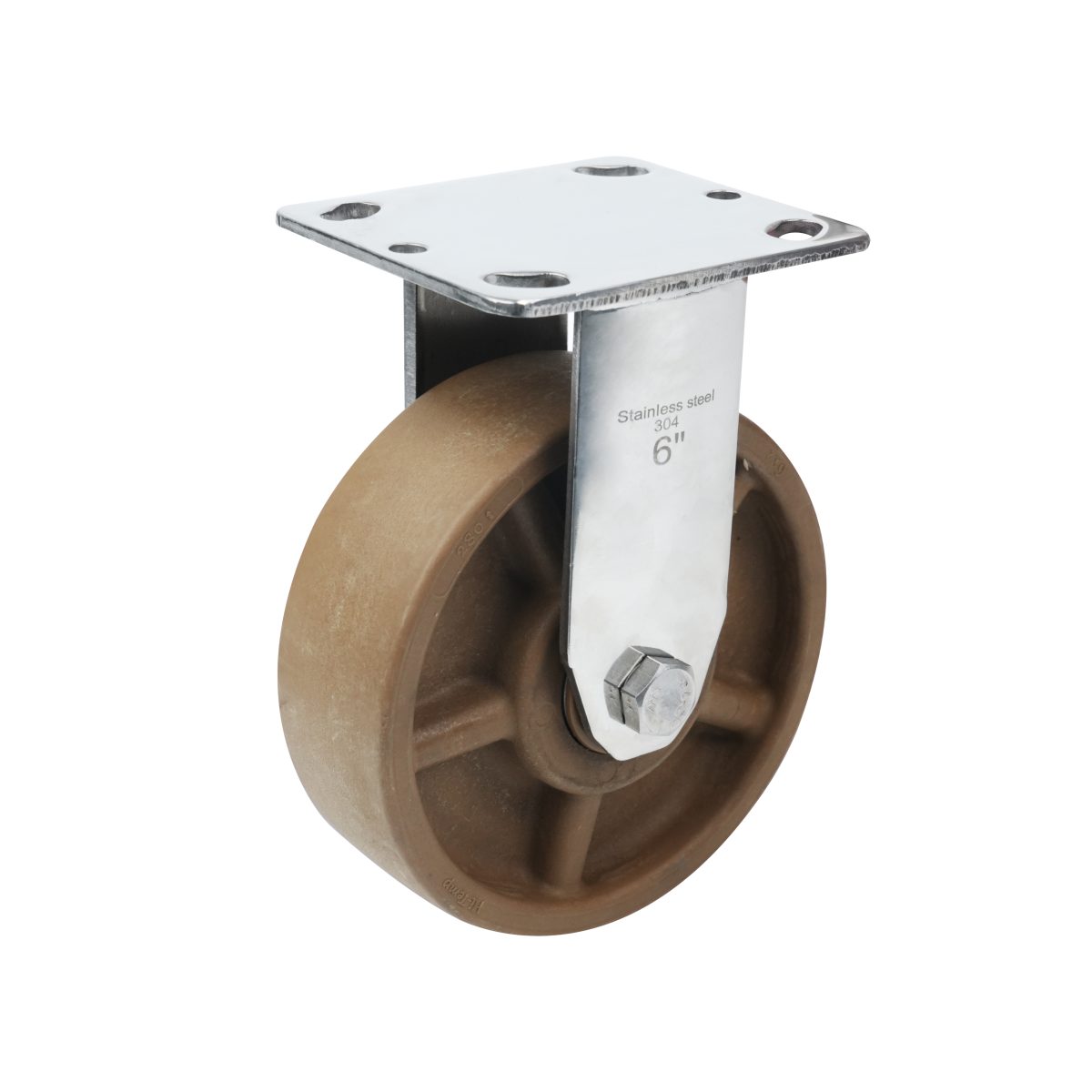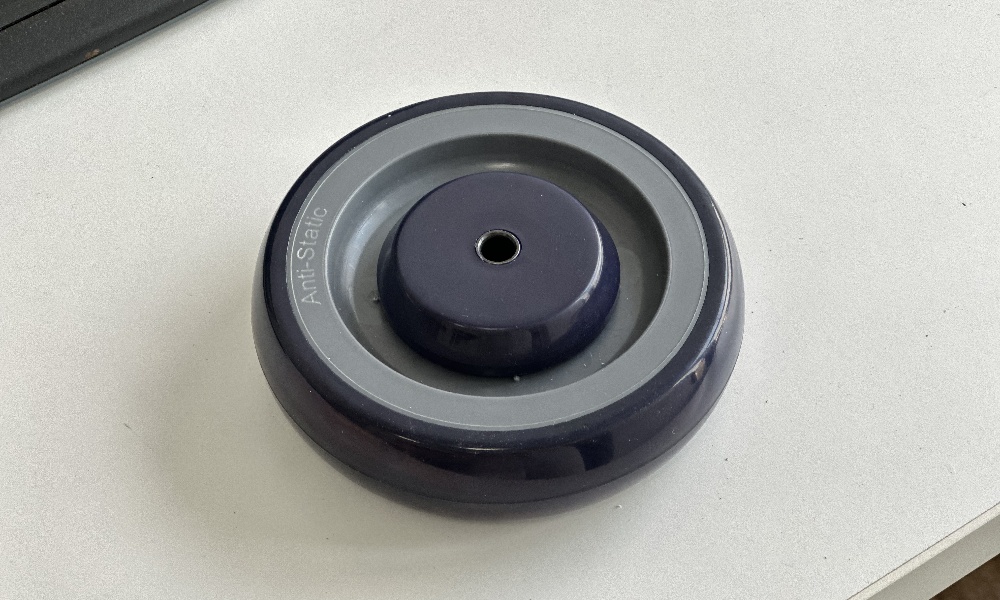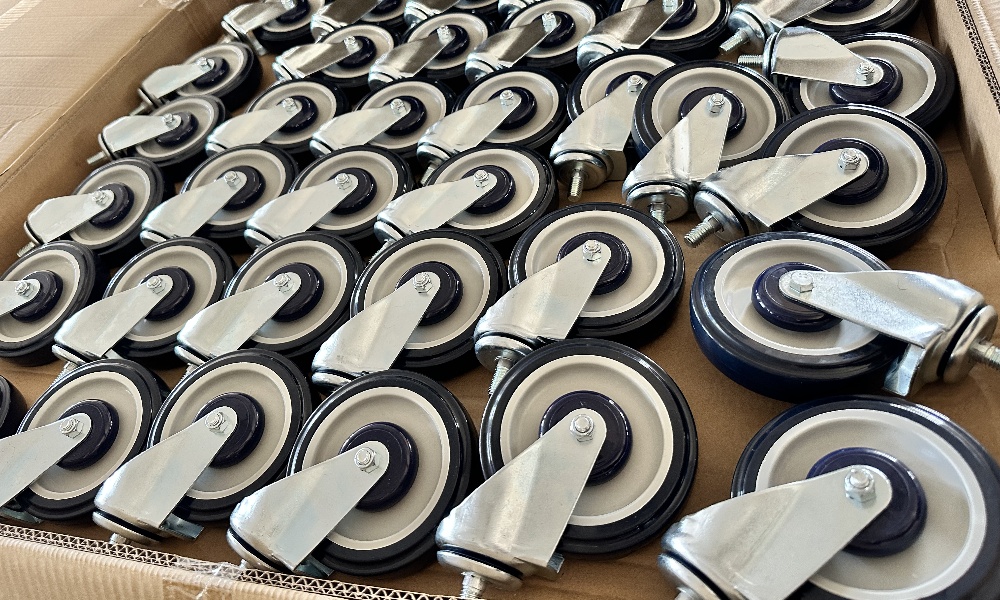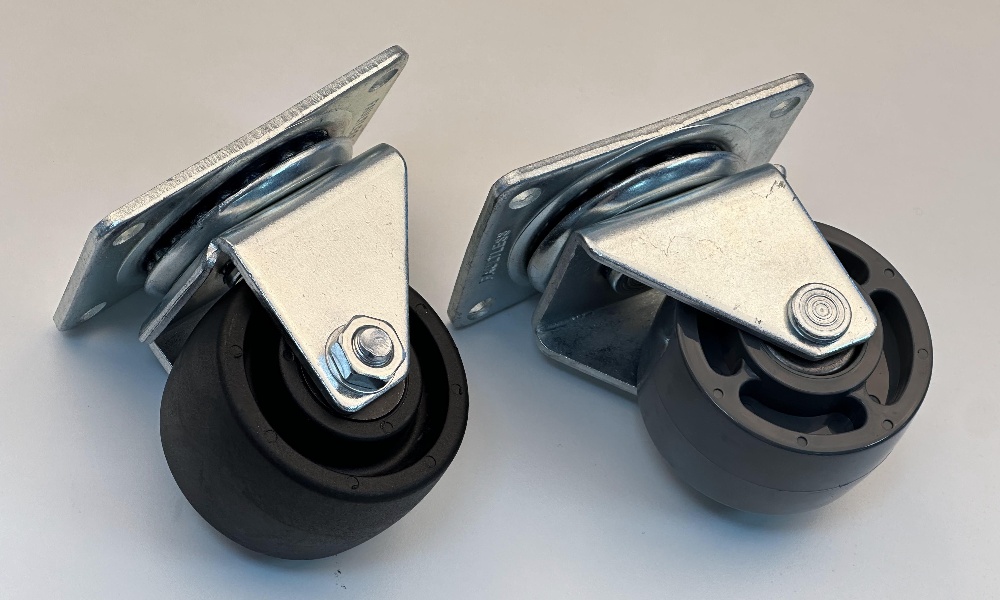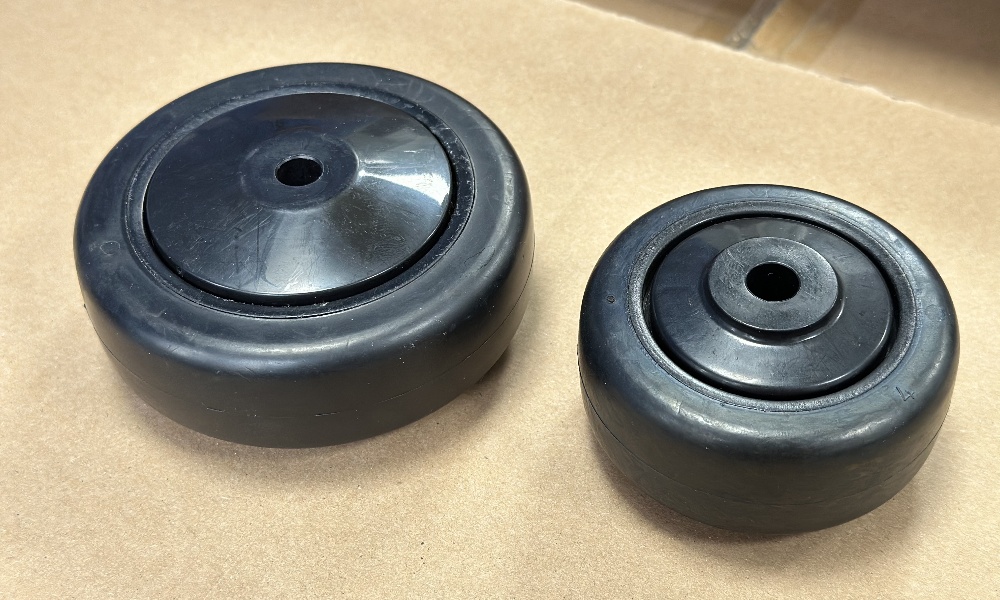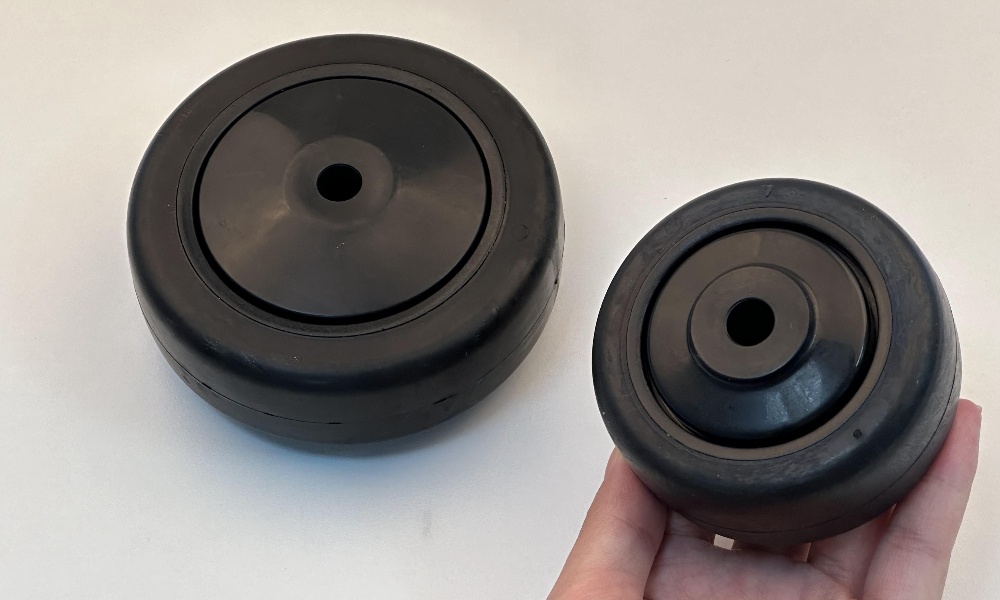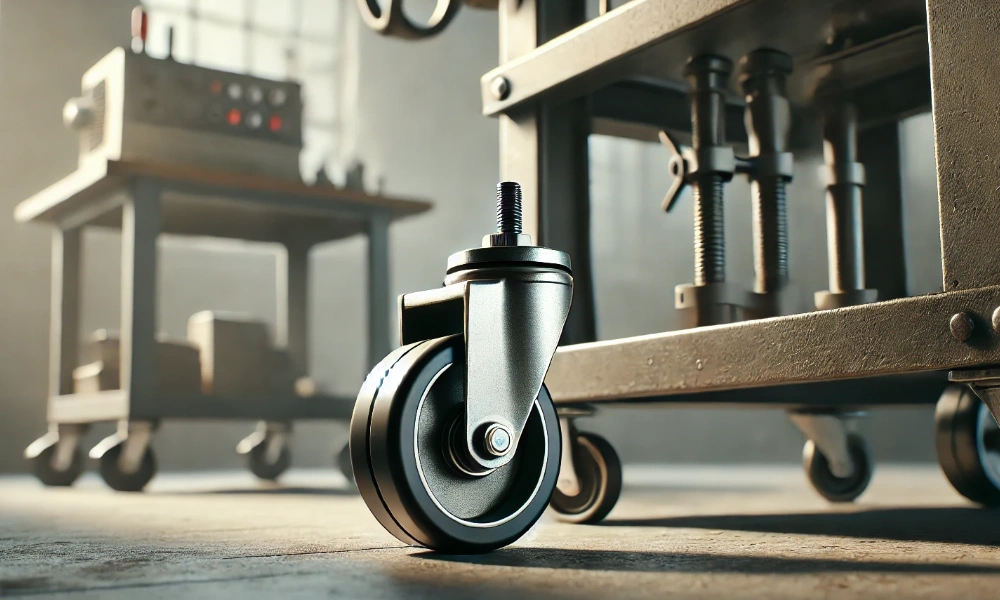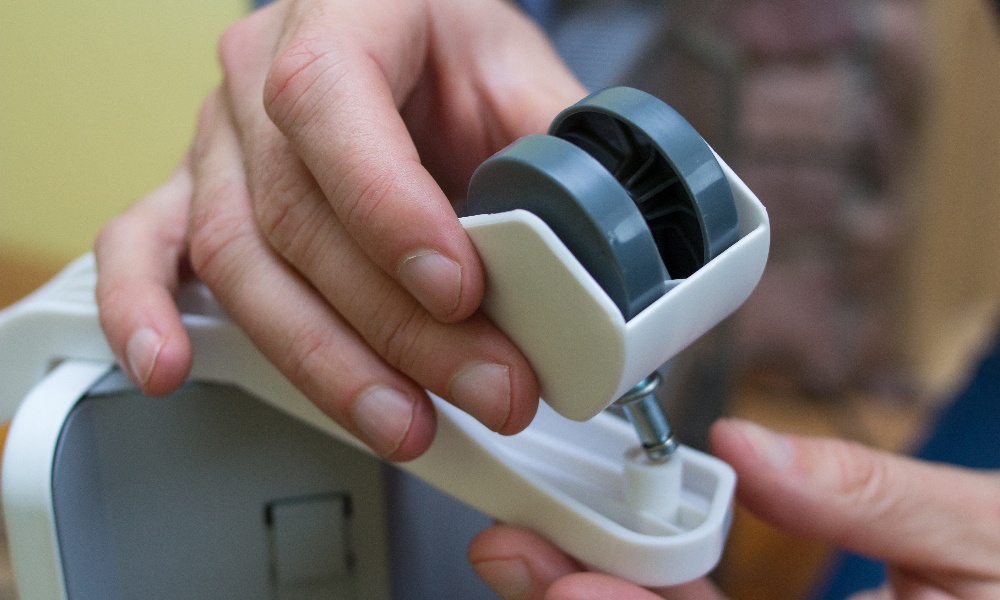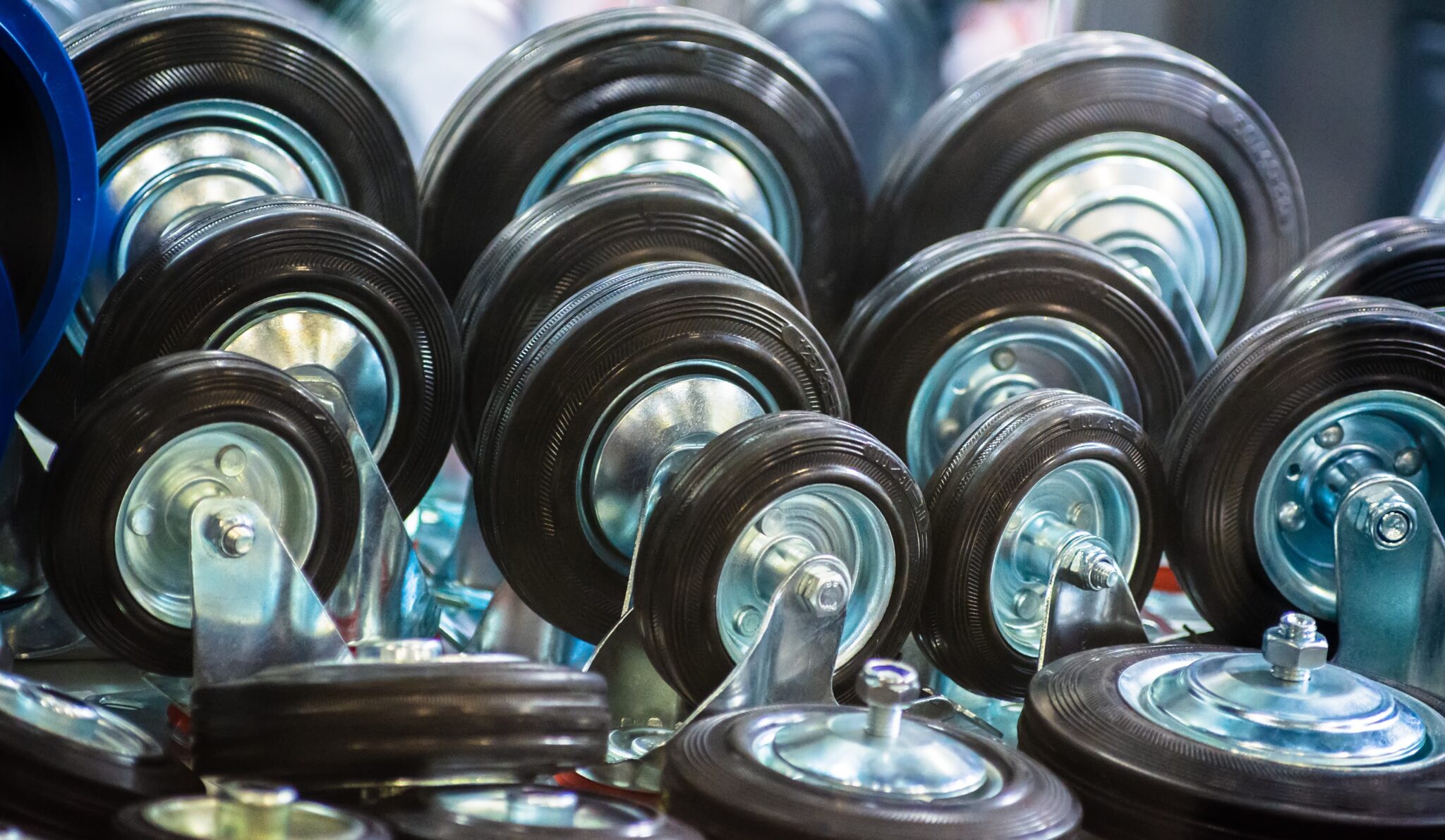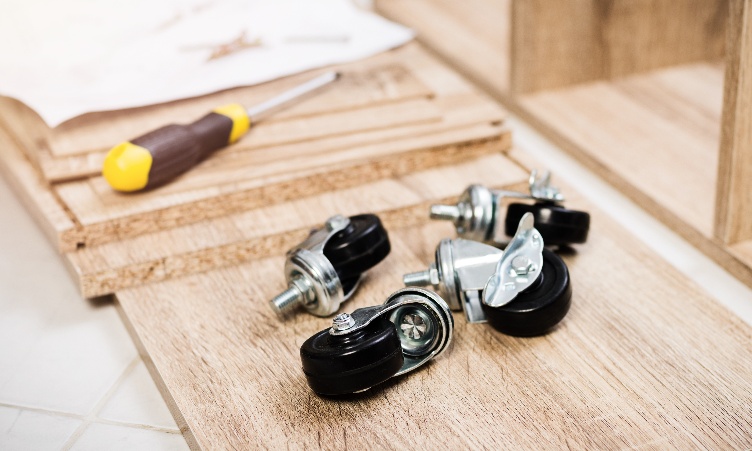Swivel Casters vs Rigid Casters:Differences & Applications
When it comes to selecting the right caster for your equipment or furniture, the choice often boils down to two main types: swivel casters and rigid casters. Both types serve specific purposes, and choosing the wrong one could lead to difficulties in maneuverability, load handling, or overall performance. This guide will break down the differences between swivel and rigid casters to help you determine which option is best suited for your needs.
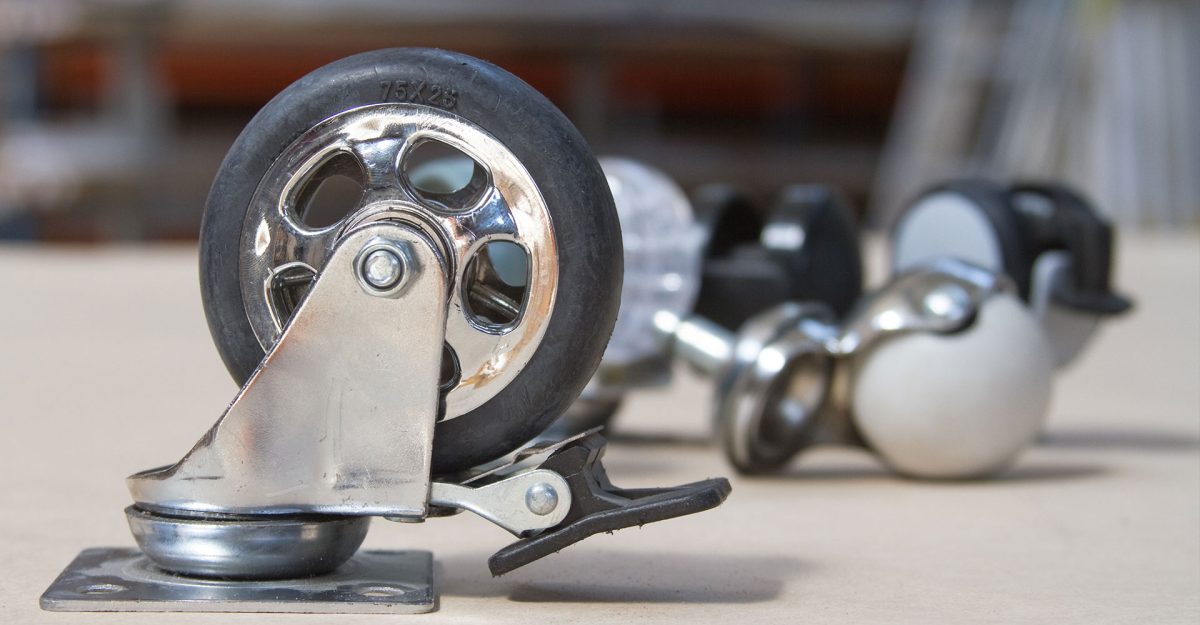
What Are Swivel Casters?
Swivel casters are designed to rotate 360 degrees, allowing for free movement in any direction. This ability makes them ideal for situations where maximum maneuverability is required.
Advantages of Swivel Casters:
-
Easy Turning
The 360-degree rotation allows the object to pivot smoothly in tight spaces. This is especially useful in environments like hospitals, retail stores, and warehouses, where equipment needs to be maneuvered quickly and easily.
-
Versatile Movement
Swivel casters can move forwards, backwards, and sideways, making them suitable for dynamic, fast-paced environments.
-
Increased Control
Many swivel casters come with locking mechanisms that allow you to fix the direction when needed, providing greater control.
Drawbacks of Swivel Casters:
-
Less Stability
Since swivel casters can move in any direction, they may not offer as much stability as rigid casters, especially on uneven surfaces.
-
Higher Cost
Swivel casters tend to be more expensive due to their complex design.
What Are Rigid Casters?
Rigid casters, also known as fixed casters, only move in a straight line, either forward or backward. They do not swivel or rotate, providing stability and straightforward movement.
Advantages of Rigid Casters:
-
Greater Stability
Since they only move in one direction, rigid casters offer more stability. This makes them ideal for heavy loads or when a straight path is needed, such as on production lines.
-
Cost-Effective
Due to their simpler design, rigid casters are generally more affordable than swivel casters.
-
Durability
Fewer moving parts mean that rigid casters are less likely to wear out or break, offering greater durability in demanding conditions.
Drawbacks of Rigid Casters:
-
Limited Maneuverability
Rigid casters can only move in a straight line, which can be restrictive in environments that require frequent turning or adjustments.
-
Harder to Steer
When used alone, rigid casters make it difficult to navigate around corners or obstacles.
Swivel Casters Application
Swivel casters are perfect for scenarios where flexibility and easy maneuverability are essential. Consider using swivel casters if:
- You need to navigate through tight spaces.
- The equipment will frequently change direction.
- You are working in environments like hospitals, restaurants, or shops where smooth, multidirectional movement is key.
Swivel casters are commonly found on shopping carts, office chairs, and hospital beds—places where turning around or maneuvering through small spaces is a regular requirement.
Rigid Casters Application
Rigid casters shine in situations where stability and straight-line movement are critical. Opt for rigid casters if:
- You need to move heavy loads along a straight path.
- Stability is more important than maneuverability.
- You are working in environments like factories, warehouses, or assembly lines.
Rigid casters are typically used on carts, dollies, or industrial equipment that transport heavy items in a straight line.
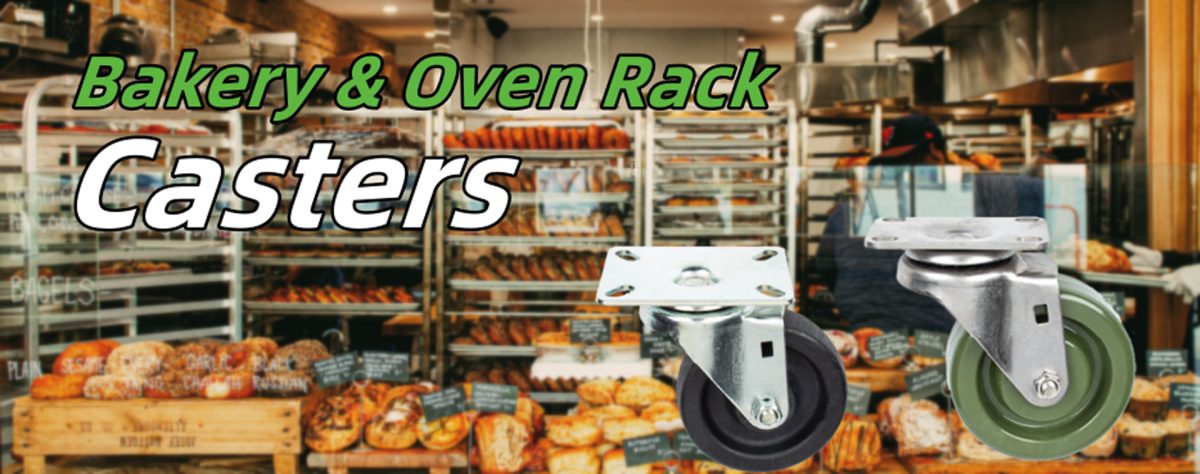
Combining Swivel and Rigid Casters
In many cases, a combination of swivel and rigid casters is used to achieve the best of both worlds. For instance, placing swivel casters at the front and rigid casters at the back of a cart allows for easy turning while still maintaining directional control. This hybrid approach is common in applications like warehouse carts, where maneuverability and stability are both essential.
Factors to Consider When Choosing Casters
-
Weight Capacity
Ensure the caster you choose can handle the load it will bear. Rigid casters tend to support heavier loads more easily due to their stable design.
-
Floor Type
Swivel casters are better for smooth surfaces, while rigid casters perform well on rough or uneven floors.
-
Environment
If you need to frequently turn or maneuver in tight spaces, opt for swivel casters. For straight-line movement or heavy-duty applications, rigid casters may be more appropriate.
-
Durability
Consider the material of the caster. Casters made from steel or high-grade plastic can withstand heavier weights and rougher conditions.
Conclusion
Choosing between swivel casters and rigid casters depends on your specific needs. If you prioritize easy maneuverability and flexibility, swivel casters are the right choice. However, if stability and straightforward movement are more important, rigid casters are likely the better option. In many cases, a combination of both types provides the best performance.
By choosing the right caster for your specific needs, you can enhance the efficiency and functionality of your equipment. Explore our selection of swivel and rigid casters today and place your order to get the perfect solution for your business!


